By Alberto Garrido Campos
I used to play tennis when I was a kid, in those days my whole family did so. Until I was 13 years old I played every tournament I could and I was always ranked among the top 25 of Chile. The 90’s were just starting and more than mass popular or a competitive sporting activity, tennis was considered a preppy hobby just for people that enjoyed white traditional clothes and could afford it.
Cable TV didn’t exist at all and only the Grand Slam finals were shown televised. Of course, local tennis was almost impossible to find on TV. Hardly any Chileans not related to the “family†of a good player could name other players than McEnroe, Connors or Lendl from the first world of tennis. Most certainly, the only sport in Chileans minds was football.
The two best Chilean players from the end of the 80’s and the beginning of the 90’s are legends for me and probably for all the old school players. Their names are Sergio Cortes and Pedro Rebolledo, both normally around the 200 ATP ranking position and, as every Chilean player, clay specialists. And when you read a clay specialist do not imagine someone like Nadal or Coria. At that time for me that meant: Forget about winners, nets are for fishing, why use a top spin backhand if slicing the ball is so safe? And of course the other surfaces were reserved for the first world tennis. And when I say they are legends, I’m not being ironic, they were the best we had, the guys that won the most important Chilean tournaments, the ones representing the country, they played the best live tennis by far I had witnessed … the best a Chilean could do, the South American reality.
Those beautiful days…
I still remember the nice feeling of going to see the Chilean Davis Cup team facing extremely complicated matches trying not to be relegated to the American B zone. These classic duels were always against countries like Bahamas, Cuba or another country normally without a player among top 150 (sometimes top 300). Tickets for free, not many people, small courts, the same faces from the kids tournaments and our heroes playing unbearably marathonic points the whole weekend to keep the category, and as far as I remember they always did.
The story started changing around 1991 with a lucky coincidence: A new federation with the idea of lifting tennis up in Chile to a first level – or better at least – and a once-rejected by Bollettieri-5-foot-9-inch tall, 15 year old kid with the talent of Maradona – but in tennis.
Suddenly there were sponsors, a new system of junior tournaments in the country, tennis on TV and the federation supporting the risky Marcelo Rios project, where the main goal was to create an idol. The first success was in 1992 when Rios won the new “Satelite Futuro†set of tournaments created to develop young tennis with enough prizes and some ATP points (the only one in Chile at that time) to attract some good South American players. At that time, Rios looked like a 14 year old kid playing against adults, probably he didn’t weigh more than 60 kilos.
Then in 1993 Rios ended up in a top position and he was supported to travel around the world, playing the most prestigious junior tournaments, something absolutely unthinkable for a Chilean junior tennis player that time. The result was brilliant, Rios was able to defeat players from Europe or the United States that looked like basketball players when they shake hands at the net. And at the end of the year Rios ended up being the #1 ITF Junior, winning the U.S. Open junior event, showing how great his future could be.
During the following years we experienced the side effects of having a “rock star” tennis player…the whole country watching tennis at 3 am in the morning if necessary, my friends that didn’t know about tennis at all playing frequently, an ATP tournament with many players in the top 50 staged in Chile, Rios ranked #1, Chile playing in the World Group in the Davis Cup, two more high quality tennis players in the country (Fernando Gonzalez and Nicolas Massu) and many South American players in the top 25 recognizing Rios as the one that showed that being a #1 from the south of the continent was also possible.
I would say that those were the golden years of Chilean tennis.
Perhaps Rios wasn’t the best example for kids since he was involved in many scandals, including being captured drunk many time by the press, fighting in a bar, fighting with the police and even urinating on a guy in the washroom of a disco – and the day after he lost a flight with the Davis Cup team. But the guy did something impossible those days: Being Chilean or South American, with an average body type and being #1 of the world at the same time.
And that lesson is priceless for the ones able to see it. It’s like those films where kids are recommended parental advisory, there`s definitely a marvelous key learning there and I really thank him for that, although, of course, there was a lot of bad behavior to throw away to the garbage.
Last month (late February) I went to see an exhibition match of Rios called “The Maestros of Tennis.” And at the event there were around 4,000 people, while in the same month the ATP staged a tournament in Santiago which as almost empty – and barely shown on TV. There’s no new generation of players after Rios, Massu and Gonzalez. I also had a chat with an old friend still associated with the Chilean tennis world and he told me that just a few people are participating in tournaments and the same people that were in charge of Chilean tennis at the end of the 80’s are back in the federation, even with the same president.
Unfortunately it seems that the coming federations couldn’t take any advantage of the extremely positive scenery we had and that the golden days of Chilean tennis are gone with Rios and his unforgettable jumping backhand.

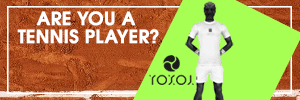

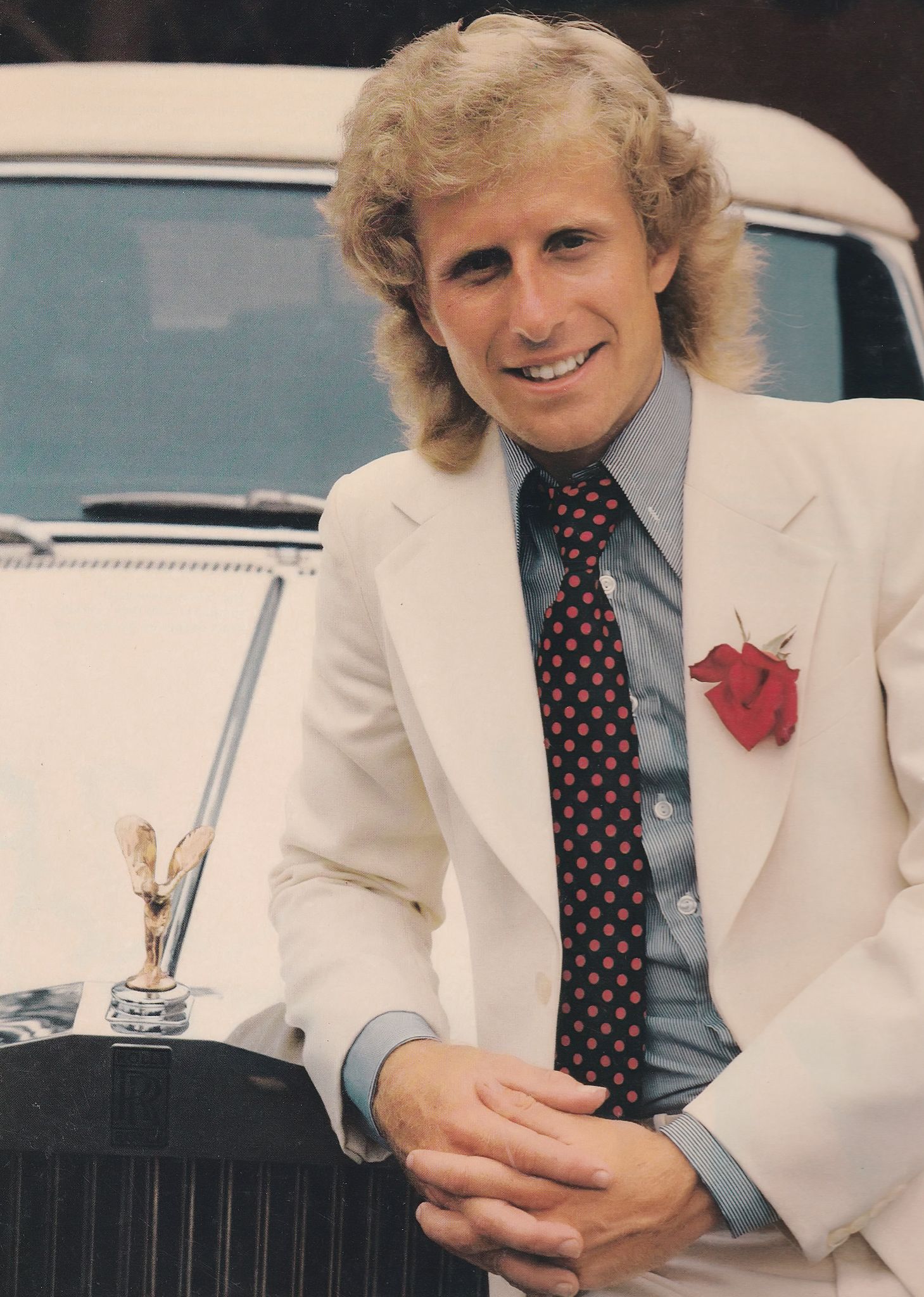
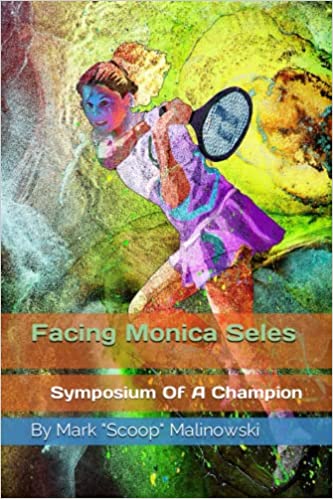
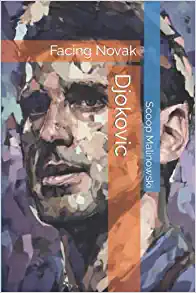
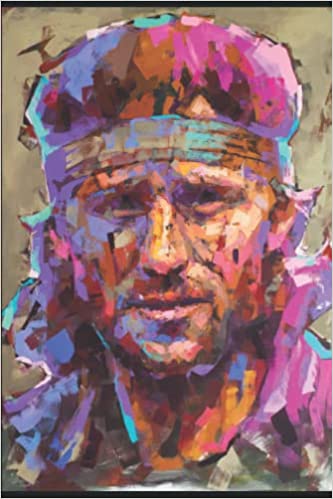
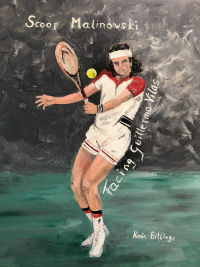
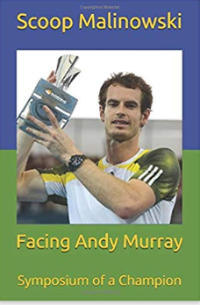
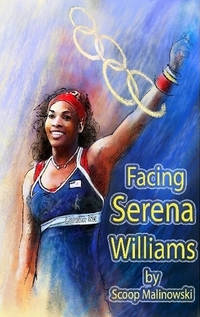
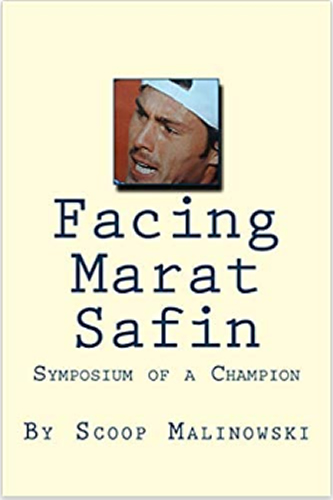
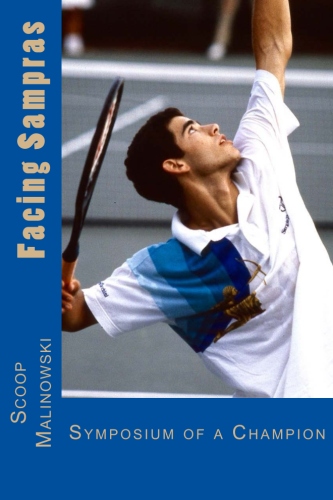
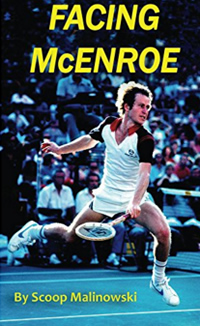
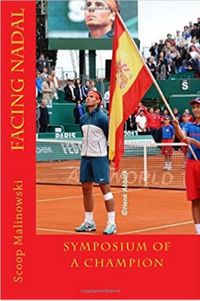
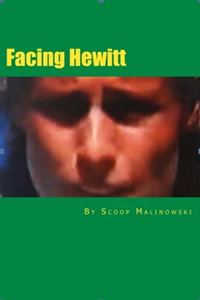
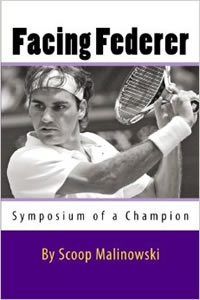
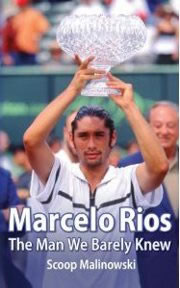

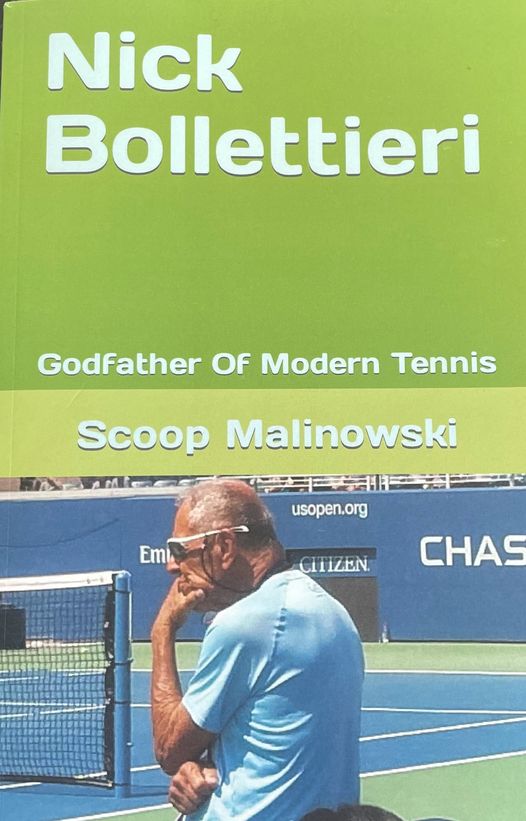


Dan Markowitz · March 2, 2011 at 8:14 pm
Seems like Chilean tennis is on a more severe down slope than American tennis. That is a great story how a player from Chile got to be No. 1 in the world. I wonder, how big a country Chile is compared to Argentina in people and size.
The USA has had to go down to So. America twice in the last few months to play Davis Cup ties against Columbia and now Chile. I wouldn’t think either country would be in the top group. How has Chile stayed in the top group?
Nice piece.
Scoop Malinowski · March 2, 2011 at 10:30 pm
Excellent article. Very interesting about the unlikely rise of Rios who was such a fascinating character and champion in so many ways. He singlehandedly made tennis popular in Chile and uplifted Chile to become a major tennis power, he surely helped to inspire the historic Olympic performances of Massu and Gonzalez too. Truly an excellent and educational read, thanks so much Alberto Garrido Campos. Chile is a major longshot this weekend to upset USA but astonishing results do happen in Davis Cup.
Tennis_Tipster · April 18, 2011 at 4:55 pm
Just goes to show how a break through player like Rios can produce a few more along the way. Chile don;t have the infrastructure in place to be like France to Spain, so hopefully some new ones can break through soon and keep Chile on the map when Massu/Gonzalez retire.
Scoop Malinowski · April 18, 2011 at 5:48 pm
The word I hear from Chile is that there are no outstanding talents coming up in the junior ranks in Chile. Which is surprising considering the big successes of Massu, Gonzo and Rios, you would have thought they would inspire a new wave of young talent. Perhaps there are flaws in the system.